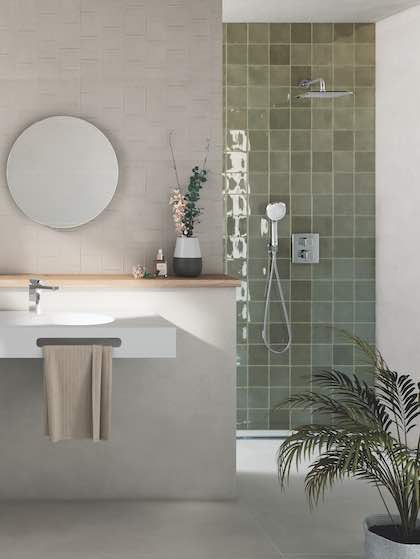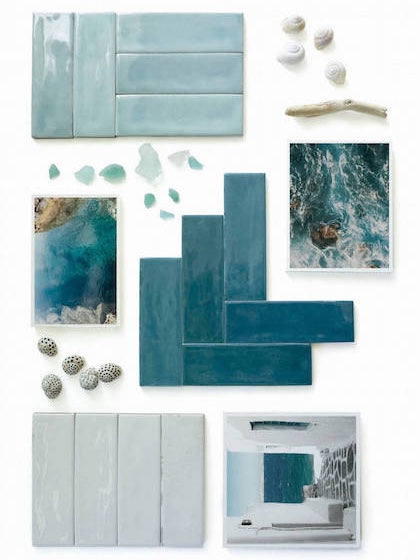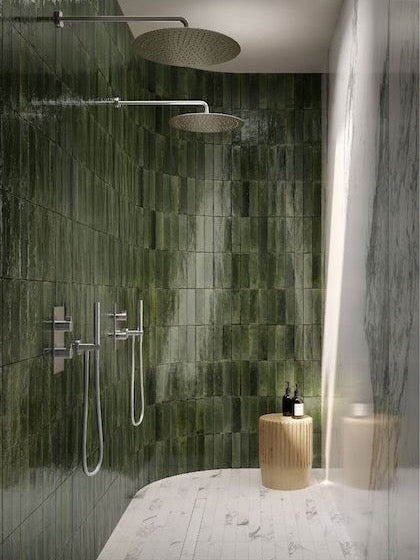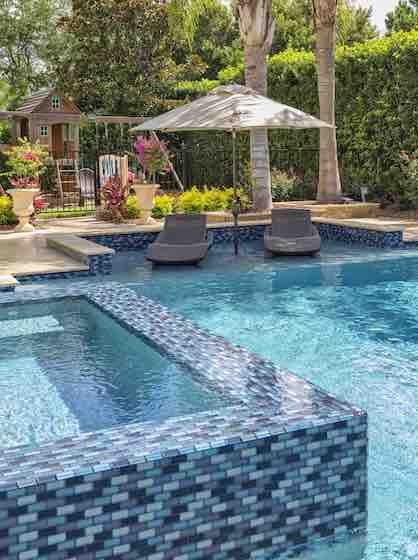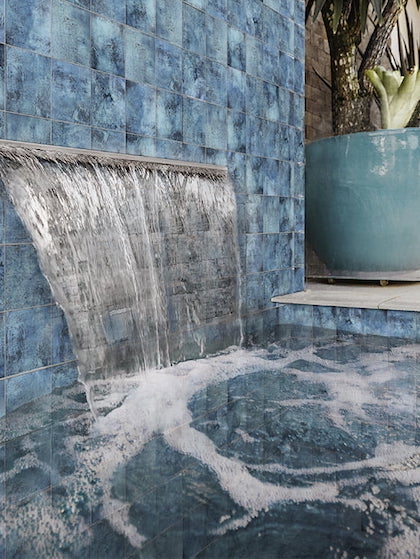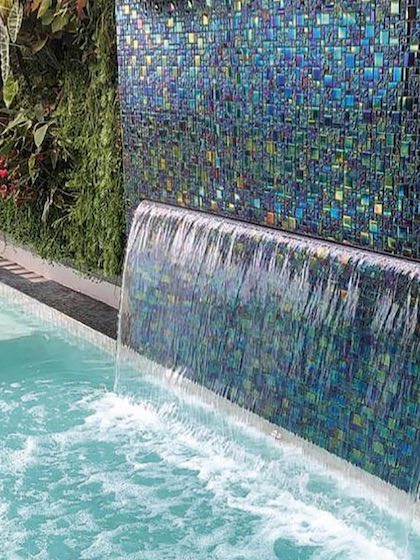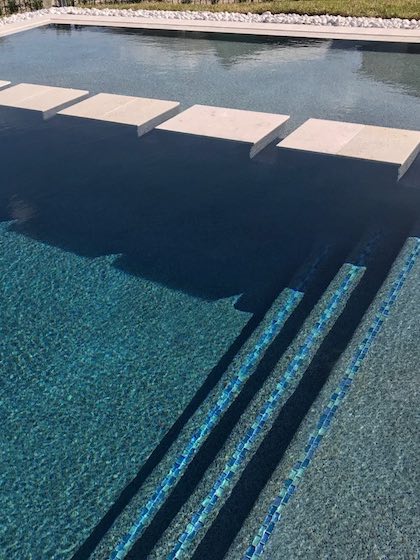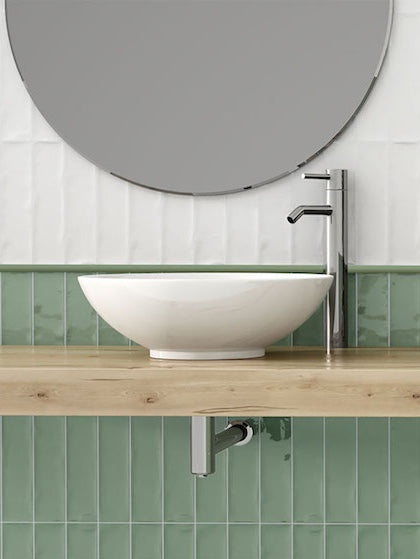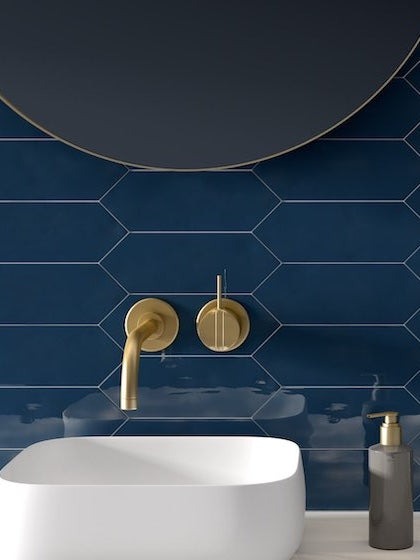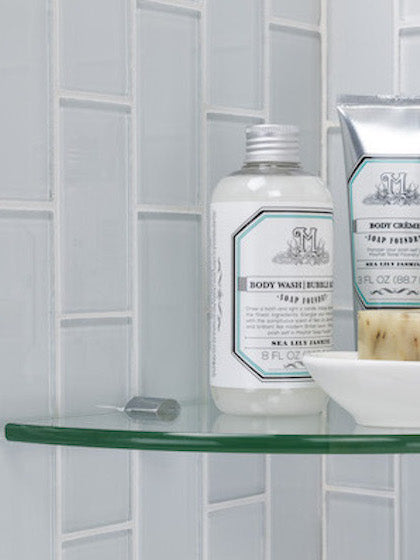Removing calcium from pool tiles is a must for a durable, hygienic, and long-lasting pool experience. Not so uncommon, the calcium buildup around the swimming pool tiles is bound to occur in every pool, some time or the other. And as a responsible pool owner, it’s the ultimate duty to regularly clean the buildup before it damages the pool as well as harms the users in the pool. In this ultimate guide, we'll walk through the step-by-step process of effectively cleaning your pool tiles to restore their sparkle and shine. Say goodbye to tedious scrubbing and have a look at how to tackle those stubborn calcium deposits with ease.
Whether you have porcelain, ceramic, or glass tiles, the following methods will help you remove the buildup and get your pool looking brand new again. We understand the frustration of spending countless hours scrubbing away at stubborn stains, but fear not! From selecting the right cleaning products to implementing proper maintenance routines, this comprehensive guide has got you covered. We'll also provide tips on preventing future calcium buildup to keep your tiles looking pristine for years to come. So, get ready to dive into the ultimate guide to cleaning swimming pool tiles and say hello to a spotless and inviting pool that you can be proud of!
Tools and Materials Needed
Here’s a list of tools and materials that you’ll need to get started with cleaning the calcium buildup on the swimming pool tiles -
Equipment:
- Pumice Stone - This stone is required to gently clean the surface of the tiles without damaging it!
- Pool Brush - With the stiff bristles, this pool brush is used to scrub off the calcium deposits from the pool surface.
- Scraper - A plastic scraper is used to scrape away any large deposits from the tile surface.
- Safety Gloves - A necessary element to protect your hands and skin from any cleaning debris.
- Pressure Washer - A pressure washer is used to blast away any calcium deposits from the pool tiles without damaging the surface. Hence, something to be used carefully!
- Pool Vacuum - A pool vacuum will help remove any calcium debris from the surface of the pool water.
Cleaning Agents:
- Muriatic Acid - This strong chemical can be used to collect and dissolve the calcium deposits over the swimming pool tiles. You must carefully follow the guidelines when using this strong chemical in the pool. Secondly, this chemical can also be used to differentiate the calcium carbonate or calcium silicate substance.
- Tile Cleaner - Tile cleaners are specific to various tile types to get rid of calcium deposits. Always consider the material of your swimming pool tiles before purchasing accurate tile cleaners.
- White Vinegar - Less harsh and a much safer material to handle - white vinegar is a more natural alternative to muriatic acid. This material can also equally dissolve calcium deposits.
Step 1 - Identify the Calcium Buildup
First and foremost, your pool must have a pH balance of 7.4 and 7.6. If the pH balance isn’t maintained between this value - there can be an imbalance that may cause calcium carbonate or calcium silicate to form. Calcium Carbonate can form white flaky scales that are comparatively easy to remove. Meanwhile, calcium silicate is a white-gray substance that takes longer to form and is difficult to remove. And by the time you’ve observed this white-gray substance, it’s too late since the silicate is now deposited in the pipes and filtration systems as well.
Don’t know what kind of calcium buildup is in the pool? Well, simply place a few drops of muriatic acid and if you observe any foaming - it’s undeniably calcium carbonate, else calcium silicate.
Step 2 - Lower the Calcium Levels
First and foremost, you’ll need to remove the calcium levels from the pool water. For this, you’ll need to partially drain water from the pool and test the water to an optimum level such as 200-400 ppm. A higher ppm level will cause the water to be slightly cloudy and collect on the surface. Slowly and steadily, refill the pool water according to the alkaline guidelines and keep the chlorine level to 2-3 ppm for the best results.
Step 3 (Method-1) - Using a Pumice Stone
It’s important to wet the surface of the pool tile as well as the pumice stone (Always ensure to ‘wet’ the stone and not use it dry to avoid damaging the tiles). You must further gently rub the tile surface where the calcium has deposited in a circular motion, swiftly and gently. Keep repeating the process until the calcium deposits have been cleared out! Once the calcium debris is removed, rinse the tile thoroughly and let it dry.
Step 3 (Method-2) - Using Muriatic Acid
Create a mixture of muriatic acid and water with a ratio of 1:10 (10 parts of water). Using a plastic scraper and brush, apply the above solution to the affected tile surface and allow the solution to sit on the surface for 10 minutes. Observe as the calcium deposits start to dissolve and then use a pool brush to scrub the tile surface and completely remove the calcium deposits. Keep repeating the process until the calcium debris is cleared out and then rinse the tile with clean water and set it to dry!
Step 3 (Method-3) - Using Vinegar
Create an equal mixture of vinegar and water in a spray bottle and spread it on the affected area of the tile surface. Similarly, allow the mixture to rest on the surface for at least 10 minutes until the calcium deposits start to loosen up. Use a pool brush to gently rub the surface in a circular motion to moderately clean the buildup of calcium. Once the debris is cleared, rinse the tiles with clean water and let it dry!
Step 4 - Preventing Further Calcium Buildup
To avoid the headache of removing the calcium buildup every now and then, here are a few tips and tricks to keep a note of!
- Use a calcium prohibitor or blocker that can help protect your tiles in maintaining longevity.
- Maintain the pH balance of your pool water to avoid the calcium buildup. Ensure the pH balance is regularly maintained between 7.4 and 7.6.
- You can even use a pool cover to prevent too much evaporation so that calcium and other deposits don’t concentrate much.
- Regularly maintaining and brushing the pool tiles and floor once a week or bi-weekly can avoid the calcium buildup.
- You may even try the Reverse Osmosis Water treatment method to prevent the buildup of calcium debris.
- If your area has hard water, you can consider draining and refilling the pool every season to avoid the buildup of calcium.
- Once a month, consider cleaning the pool filter to prevent the buildup of minerals. At this time, ensure to check and recheck if the skimmer and return jets are regularly working and circulating water properly.
Conclusion
Calcium buildup on the swimming pool tiles is quite a common concern among pool owners. However, this persistent issue can be solved by the above-mentioned step-by-step guidelines and tips and tricks. Not only does this treatment help your swimming pool to offer utmost longevity but also maintains a pristine and shiny look. So, this upcoming summer - are you excited to enjoy the calcium-free pool and invite over your guests for a fun-filled evening? Well, do let us know if you have any questions regarding the removal of calcium buildup and pool maintenance, in the comments below!

